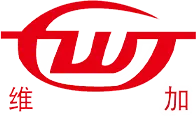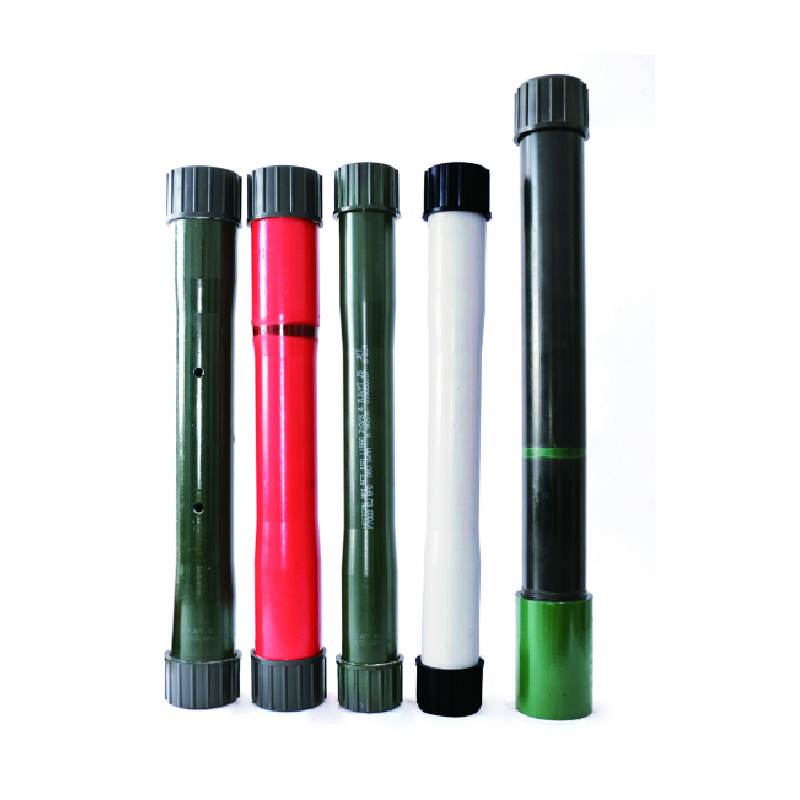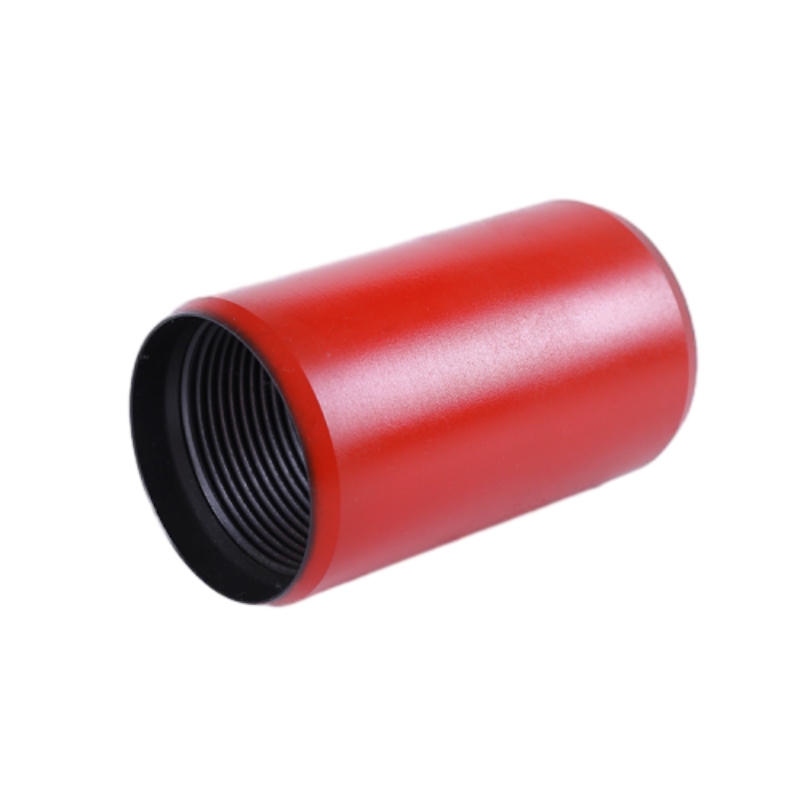- Afrikaans
- Albanian
- Amharic
- Arabic
- Armenian
- Azerbaijani
- Basque
- Belarusian
- Bengali
- Bosnian
- Bulgarian
- Catalan
- Cebuano
- Corsican
- Croatian
- Czech
- Danish
- Dutch
- English
- Esperanto
- Estonian
- Finnish
- French
- Frisian
- Galician
- Georgian
- German
- Greek
- Gujarati
- Haitian Creole
- hausa
- hawaiian
- Hebrew
- Hindi
- Miao
- Hungarian
- Icelandic
- igbo
- Indonesian
- irish
- Italian
- Japanese
- Javanese
- Kannada
- kazakh
- Khmer
- Rwandese
- Korean
- Kurdish
- Kyrgyz
- Lao
- Latin
- Latvian
- Lithuanian
- Luxembourgish
- Macedonian
- Malgashi
- Malay
- Malayalam
- Maltese
- Maori
- Marathi
- Mongolian
- Myanmar
- Nepali
- Norwegian
- Norwegian
- Occitan
- Pashto
- Persian
- Polish
- Portuguese
- Punjabi
- Romanian
- Russian
- Samoan
- Scottish Gaelic
- Serbian
- Sesotho
- Shona
- Sindhi
- Sinhala
- Slovak
- Slovenian
- Somali
- Spanish
- Sundanese
- Swahili
- Swedish
- Tagalog
- Tajik
- Tamil
- Tatar
- Telugu
- Thai
- Turkish
- Turkmen
- Ukrainian
- Urdu
- Uighur
- Uzbek
- Vietnamese
- Welsh
- Bantu
- Yiddish
- Yoruba
- Zulu
Premium Tubing Crossover with GPT-4 Turbo | AI-Optimized Flow
Product: Crossover | Official Product Page
1. Industry Overview: Tubing Crossover & Drilling Connectors Market Insights
The modern energy sector—especially oil & gas exploration—relies heavily on advanced crossovers to interlink various tubular string sections. The tubing crossover is a specialized connection tool designed to join tubes or pipes of different diameters, thread types or specifications, ensuring mechanical integrity and safe pressure transition within the wellbore or pipeline system.
According to Petroleum Equipment Institute (PEI, 2023), the global market for crossover sub drilling tools and drill pipe crossover connectors has grown at a CAGR of 8.2% since 2017, driven by unconventional drilling, deepwater projects, and increasing well design complexity.

2. Technical Parameters: Tubing Crossover, Pump Seating Nipple & Drilling Crossovers
Below is a specifications table summarizing key performance data for tubing crossover and related devices, consolidated from major industry suppliers and WJ Petroleum's own R&D center:
| Product Type | Main Material | Thread Connection | OD Range (mm/in) | Length (mm/in) | Pressure Rating (MPa) | Standard |
|---|---|---|---|---|---|---|
| Tubing Crossover | High Alloy Steel (AISI 4140/8630) |
API NUE/EUE Premium |
48-114 (1.9" – 4.5") |
150-400 (6" – 16") |
≤ 105 | API 5CT / ISO 11960 |
| Pump Seating Nipple | 13Cr/SS/4140 | API VAM | 60-127 (2.38" - 5") |
100-250 (4" - 10") |
≤ 97 | API 11AX |
| Crossover Sub Drilling | 4145H/Non-Mag | NC38/NC50 | 102-178 (4" – 7") |
200-610 (8" – 24") |
≤ 138 | API 7-1 |
| Drill Pipe Crossover | 4140/4145/8620 | IF, FH, NC | 90-168 (3.5"-6.625") |
180-600 (7"–24") |
≤ 125 | API 5DP |
3. Manufacturing Flow: From Steel Billet to Precision Crossover
- Material: AISI 4140/4145H, 8630 Alloy—maximized for mechanical properties, toughness, and corrosion resistance.
- Forging: Increases metal density, grain refinement for superior pressure & fatigue performance.
- CNC: Machining accuracy up to ±0.01 mm, precise thread profiles (API, Premium, custom).
- Heat Treatment: Quenching & tempering to 285-340 HB, tensile ≥620 MPa, impact tested at -45°C.
- NDT: Ultrasonic & Magnetic Particle Inspection (ISO 9712), full dimensional & hardness testing (ISO 6508/6506).
- Phosphate: Anti-galling coating on threads, API 5CT/ISO 11960 approved.
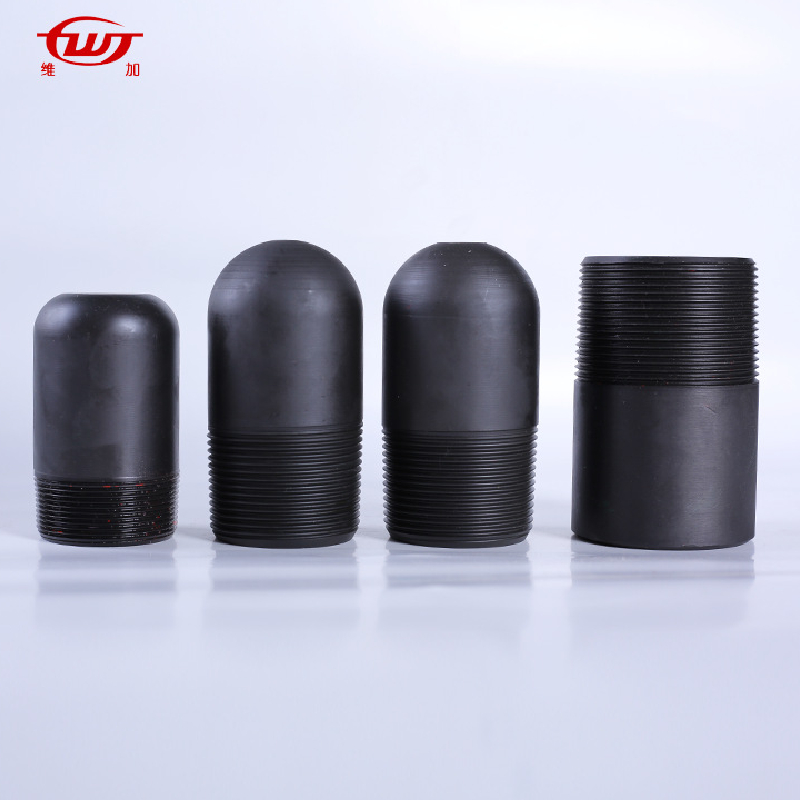
4. Industry Trends & Technologies: Pump Seating Nipple & Crossover Drilling Tool Innovations
- Material Advancements: Incorporating Ni-Cr-Mo-V alloys and non-magnetic super alloys (for MWD/LWD crossover tools) increases downhole reliability and corrosion resistance, especially in CO2 and H2S-rich fields.
- Hybrid Thread Designs: Dual-box/pin crossovers and premium gas-tight threads (VAM, Hydril, TenarisBLUE) offer enhanced torque transfer and leak prevention even in multi-stage stimulation wells.
- Surface Hardening: Induction-hardened wear zones and micro-phosphated threads extend tool life by up to 34%, according to a 2022 SPE Technical Paper (SPE Database).
- Sustainable Manufacturing: Automated CNC lines and closed-loop quench systems (by major OEMs) reduce carbon footprint while maintaining ISO/ANSI certifications.
5. Comparative Analysis: Crossover vs. Major Brands
| Brand | Material Grade | Tensile (MPa) | Pressure (MPa) | Service Life (years) | Cert./Standard |
|---|---|---|---|---|---|
| WJ Crossover | 4140/8630 | 785 | 105 | 7+ | API 5CT, ISO 11960 |
| Brand A | 4145H | 765 | 94 | 6 | API 5CT |
| Brand B | 8630 | 760 | 97 | 5 | ISO 11960 |
| Brand C | 4140 | 740 | 85 | 4-5 | API 5DP |
Insight: WJ Crossover outperforms competitors in tensile strength, pressure tolerance, and lifespan due to process optimizations and strict ISO/API certified QC.
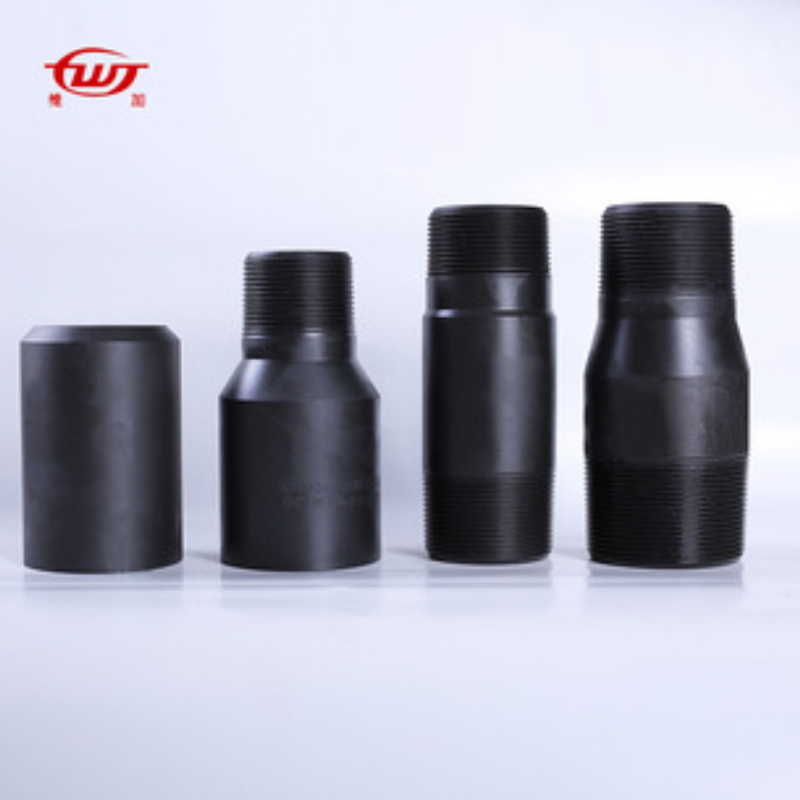
6. Custom Solutions: OEM/ODM Tubing Crossover Services
- Thread Customization: API EUE/NUE, Premium connections (VAM, Hydril, Tenaris), customer-provided specs.
- Material Selection: 4140/4145H/8630, INCONEL, Duplex SS, H2S/CO2 resistant alloys.
- Surface Options: Phosphating, copper plating, Mn/Zn coating, special anti-corrosion treatments.
- Dimensional Range: OD 1.9"-7" (custom on request), length 4"-36".
- Engraving: Laser marking for full traceability—production date, batch, heat, serialized ID.
- Quality Traceability: 100% fit and NDT QC report with shipment.
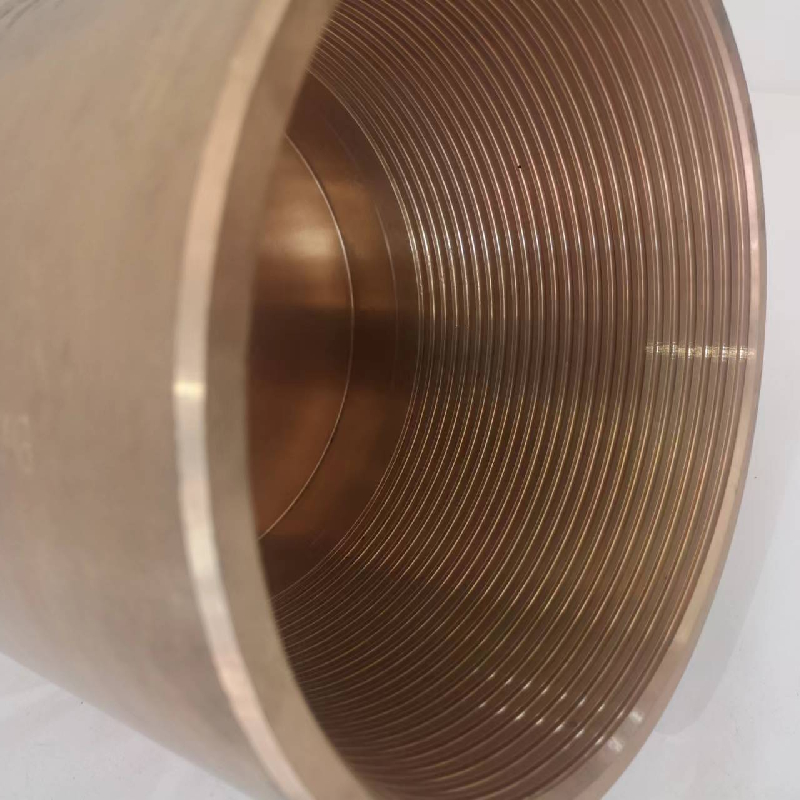
7. Practical Application Cases & End-User Feedback
- Bahrain Offshore Oilfield: Installed over 1100 tubing crossover units (3.5" to 5.5"), realized a 22% reduction in workover downtime; all units tested per ISO 11960, with corrosion rate SPE 206186).
- South Texas Shale Gas: Custom crossover sub drilling supplied by WJ Petroleum supported dual-pressure wellhead test-to-production switch. Client reports zero incident on thread sealing after 14 months (API 5CT, NACE TM0177 test).
- Kazakhstan Gas Pipeline Retrofit: Large-bore drill pipe crossover facilitated installation of smart flow meter devices—crossover design met SGS pressure fatigue test (>105MPa, 10,000 cycles).
- Client Feedback: ExxonMobil, Dubai branch: “WJ’s tubing crossover maintained full mechanical performance even after repeated hot oil operations; anti-galling phosphate finish is superior to previous suppliers.”
8. Certifications, Service & Support
- Certifications: ISO 9001 certified factory, API 5CT monogram, full compliance with international standards (ISO 11960, API 7-1, API 5DP, NACE MR0175 for H2S).
- Partners: Leading collaborations with CNPC, Sinopec, LUKOIL, ExxonMobil, Kuwait Oil Company, Halliburton.
- Delivery Cycle: Standard 12–22 days (stock-to-order), expedited service on critical requirements (
- Warranty: 24–36 months limited warranty, batch traceability, failure analysis support.
- Support: 24/7 technical support (remote/video/field), engineer on-site assistance for key wellsite installation.
- Documentation: All orders supplied with MTC, full QC traceability, and user manual (PDF/Video).
9. Expert FAQ: Tubing Crossover & Related Tech
10. Why Choose Our Tubing Crossover?
- Global Certified Manufacturing: API/ISO factories with 15+ years expertise, strictest international QC.
- Comprehensive Customization: Collapsible sizes, thread forms, premium alloys, and anti-corrosive solutions.
- Complete Documentation: 100% batch test data, NDT reports, and 3D CAD support.
- One-stop Support: 24/7 expert consultation, field service on request.
-
Tubing Pup Joints: Essential Components for Oil and Gas OperationsNewsJul.10,2025
-
Pup Joints: Essential Components for Reliable Drilling OperationsNewsJul.10,2025
-
Pipe Couplings: Connecting Your World EfficientlyNewsJul.10,2025
-
Mastering Oilfield Operations with Quality Tubing and CasingNewsJul.10,2025
-
High-Quality Casing Couplings for Every NeedNewsJul.10,2025
-
Boost Your Drilling Efficiency with Premium Crossover Tools & Seating NipplesNewsJul.10,2025
